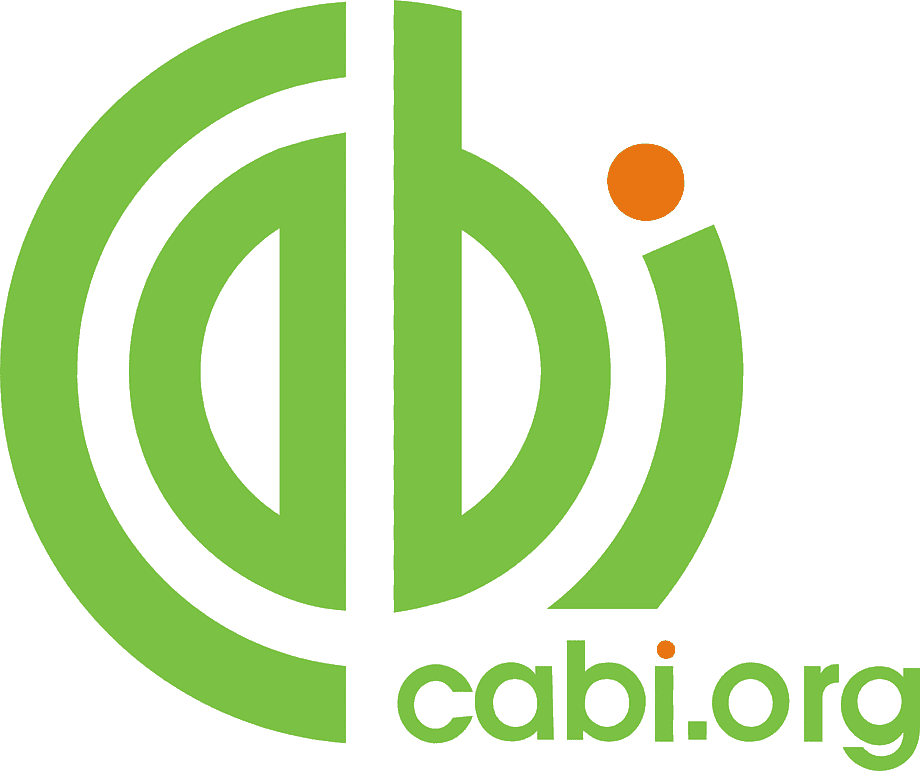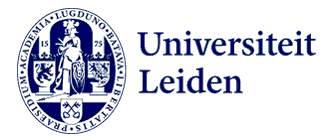PERTUMBUHAN DAN PRODUKSI RUMPUT GAJAH (Pennisetum purpureum) PADA INTERVAL DEFOLIASI YANG BERBEDA
THE GROWTH AND PRODUCTION OF ELEPHANT GRASS (Pennisetum purpureum) ON DIFFERENT INTERVAL OF DEFOLIATION
DOI:
https://doi.org/10.30862/jipvet.v7i1.42Keywords:
Pennisetum purpureum, defoliation, growth, productionAbstract
The aims of this study were to determine the effect of defoliation interval of elephant grass on the growth and production and arranged in Randomized Block Design consisted of 5 blocks and 3 treatments, so there were 15 experimental units. The treatments used were P1 (defoliation 20th day), P2 (defoliation 40th day) and P3 (defoliation 60th day). The finding showed that the responses of the interval defoliation treatments were significantly different (P< 0.05) to the average height of plants and the production of dry matter (DM), where the results of further BNJ tests showed that plant height at treatment P1 (81.78 cm) was different markedly lower than P2 treatment (103.6 cm) and P3 (129.24 cm), as well as different treatment markedly lower P2 from P3 treatment. The production of DM in treatment P1 (1.20 tons/ha) did not differ significantly with treatment P2 (1.94 tons/ha), but significantly higher than the treatment P3 (2.75 tons/ha), while the P2 treatment did not differ significantly by treatment with P1 and P3. The average number of tillers and fresh forage production in treatment P1, P2 and P3 respectively 1.75 tillers and 14.15 tons/ha; 3.44 tillers and 13.07 tons/ha; 4.25 tillers and 1707 tons/ha. Concluded that the longer the interval the higher defoliation of plant growth, additional number of tillers and the higher DM production, while the production of fresh forage is relatively the similar.
Downloads
Downloads
Published
How to Cite
Issue
Section
License
License and Copyright Agreement
In submitting the manuscript to the journal, the authors certify that:
- They are authorized by their co-authors to enter into these arrangements.
- The work described has not been formally published before, except in the form of an abstract or as part of a published lecture, review, thesis, or overlay journal. Please also carefully read Jurnal Ilmu Peternakan dan Veteriner Tropis (Journal of Tropical Animal and Veterinary Science) Posting Your Article Policy at https://journal.fapetunipa.ac.id/index.php/JIPVET/publicationethics
- That it is not under consideration for publication elsewhere,
- That its publication has been approved by all the author(s) and by the responsible authorities “tacitly or explicitly“ of the institutes where the work has been carried out.
- They secure the right to reproduce any material that has already been published or copyrighted elsewhere.
- They agree to the following license and copyright agreement.
Copyright
Authors who publish with Jurnal Ilmu Peternakan dan Veteriner Tropis (Journal of Tropical Animal and Veterinary Science) agree to the following terms:
- Authors retain copyright and grant the journal right of first publication with the work simultaneously licensed under a Creative Commons Attribution License (CC BY-NC-SA 4.0) that allows others to share the work with an acknowledgment of the work's authorship and initial publication in this journal.
- Authors are able to enter into separate, additional contractual arrangements for the non-exclusive distribution of the journal's published version of the work (e.g., post it to an institutional repository or publish it in a book), with an acknowledgment of its initial publication in this journal.
- Authors are permitted and encouraged to post their work online (e.g., in institutional repositories or on their website) prior to and during the submission process, as it can lead to productive exchanges, as well as earlier and greater citation of published work.

This work is licensed under a Creative Commons Attribution-NonCommercial-ShareAlike 4.0 International License.





























.png)
